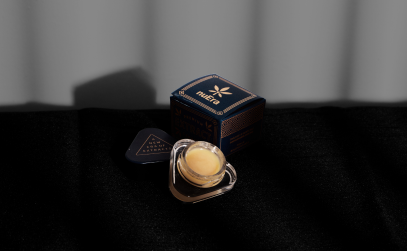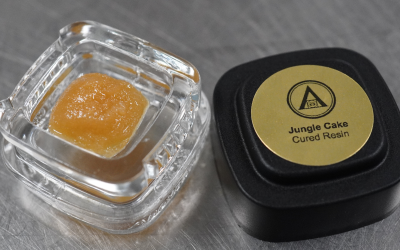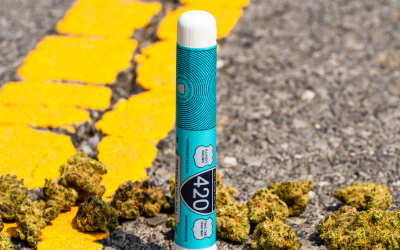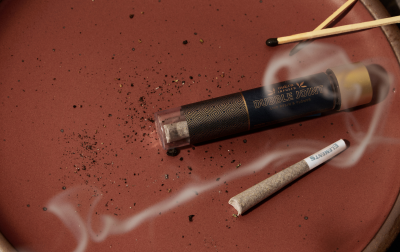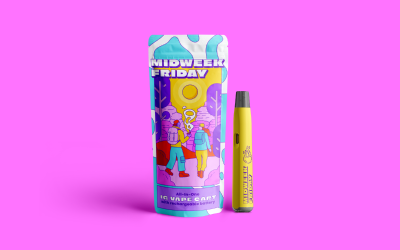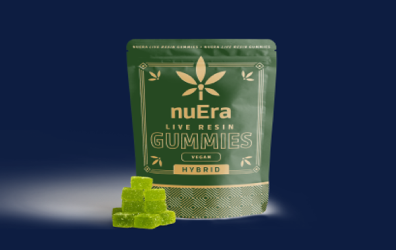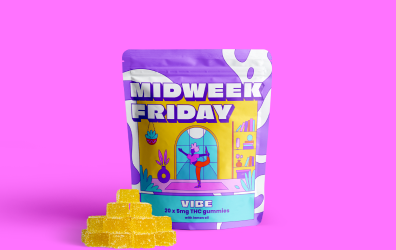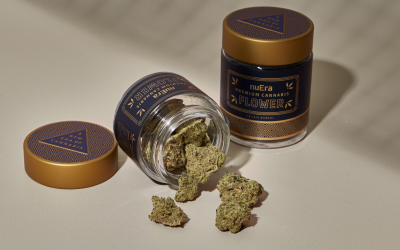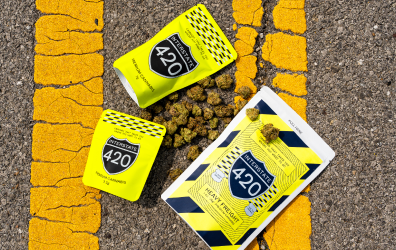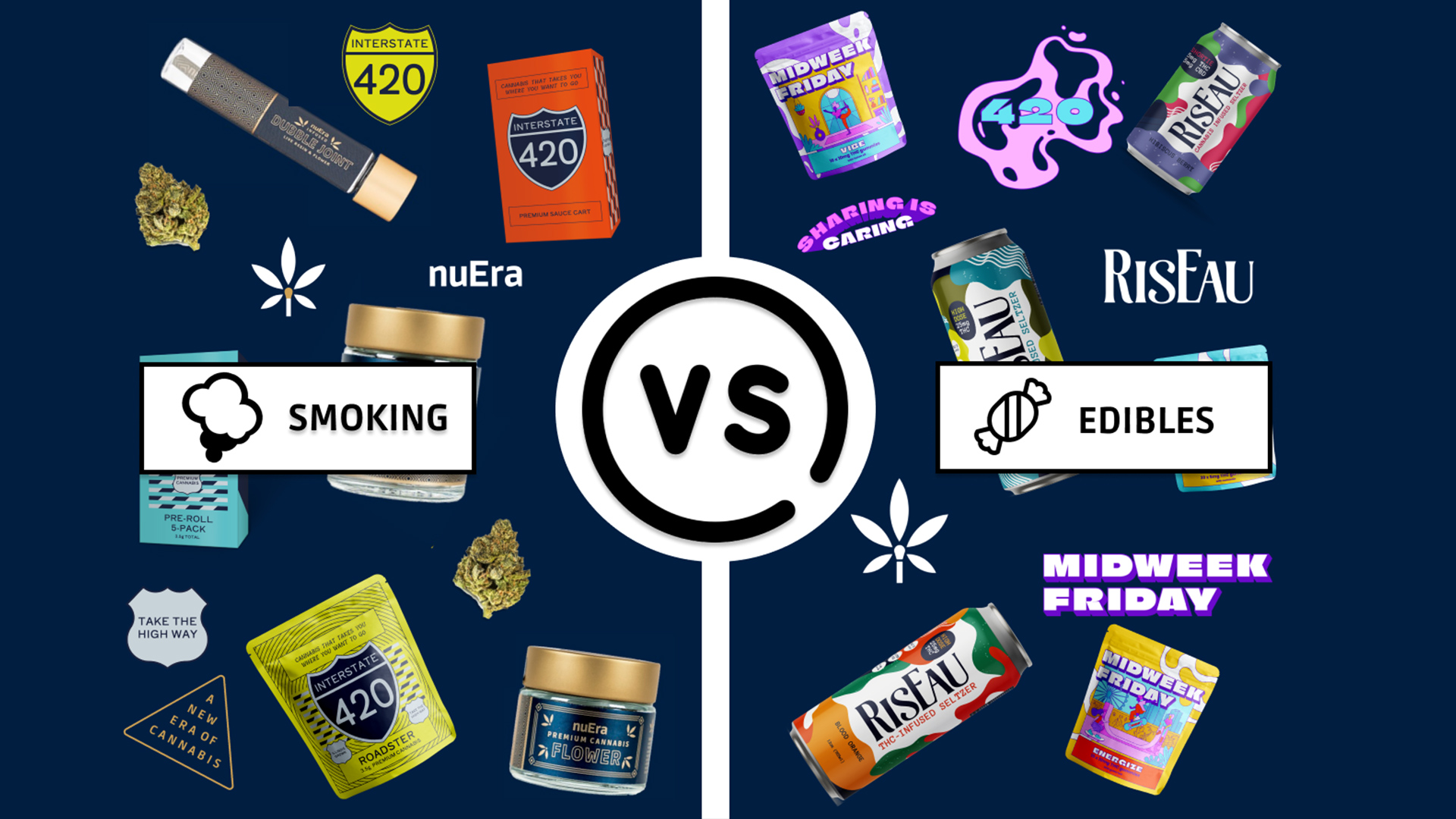
Today’s cannabis scene has come a long way from the days of smoking stem-filled greens from an apple or munching on homemade pot brownies with questionable dosage.
Dispensaries now offer not only high-quality flowers and strains but also an array of edibles, from infused gummies to chocolates, seltzers, and even seasoning packets!
But with this variety comes questions: Is it better to smoke or eat cannabis? What are the similarities and differences between these consumption methods?
At nuEra, we believe each route offers a unique journey into the world of cannabinoids and terpenes, impacting our bodies differently. So, let’s break it down!
In this post, we’ll delve into the nuances, similarities, and differences between smoking and eating cannabis. Understanding these distinctions will empower you to make informed decisions, ensuring an optimal cannabis experience.
Understanding the Experience: Smoking vs Edibles
The debate centers on individual preferences and desired effects. The method of consumption significantly influences the experience, impacting onset time, duration, and the intensity of the high.

On the other hand, consuming edibles involves a longer path through the digestive system, leading to delayed onset effects—usually taking 45 minutes to 3 hours to kick in.
This slower absorption creates a longer-lasting and more potent high due to THC conversion into 11-hydroxy-THC, extending the experience for up to 8-12 hours with heightened intensity.
nuEra’s expert budtenders often guide consumers on the different products and effects of each during in store consultations. One of our most experienced budtenders, Zoe Lourey-Christianson says, “With edibles, I always let people know there will be trial and error to find the right dose. Smoking will give immediate effects so you’ll know pretty quickly if it’s providing the effects you were looking for or not.”
Navigating Dosage and Effects
A satisfying cannabis experience hinges on understanding dosage and its impact. Edible dosing requires patience and awareness of individual tolerance levels. Starting with a low dose and gradual adjustments help gauge personal thresholds.
Dosage Recommendations
- For newbies or those sensitive to cannabis, begin with 2.5 mg to 5 mg of THC. Gradually increase dosage by 2.5 to 5 mg after waiting for at least two hours to assess effects.
- Higher doses above 15-30 mg are suitable for experienced users or medical needs.
Understanding THC/CBD Ratios
Understanding CBD to THC ratios in edibles is vital, especially for medical users aiming for specific effects.
CBD, is known for soothing properties without inducing a high and is favored in higher ratios by those seeking relief from conditions like anxiety or chronic pain.
Meanwhile, THC, responsible for the psychoactive effects, is often preferred in higher ratios for a more intense euphoria and potential pain relief.
Different ratios in edibles offer distinct experiences. Higher CBD ratios provide therapeutic benefits with milder psychoactive effects, ideal for users prioritizing symptom relief without a pronounced high.
On the other hand, higher THC ratios emphasize a stronger high alongside potential medicinal benefits, offering a blend of therapeutic effects and noticeable euphoria.
Relying on consistent ratios from reputable sources is crucial for tailoring consumption and achieving desired effects, making it essential for users, particularly those seeking specific medicinal outcomes.
nuEra budtender Zoe Lourey-Christianson says, “Edibles can be a great choice for patients looking to utilize cannabinoids like CBD, CBC, CBN, THCv, CBG, etc. These cannabinoids are absolutely found in flower, but edibles are ideal for those looking for a consistent, controlled cannabinoid dose.”
Weighing the Factors: Health, Cost, and Enjoyment
Choosing between smoking and eating involves considering various aspects, including health effects, cost, and individual enjoyment.
Edibles offer a healthier alternative for those with respiratory issues, but their delayed effects require cautious consumption.
Finding Your Preference
Ultimately, the choice between smoking and eating cannabis rests on personal preferences and desired effects. Each method presents its unique journey through the world of cannabinoids, offering distinct experiences and durations.
Our budtenders at nuEra say it’s all about finding the right choice for you. “Every person’s digestive system is different,” said nuEra budtender Zoe Lourey-Christainson. “So each edible can affect everyone differently. There are products I hate that customers love, and vice versa. It’s a matter of finding what works for you.”
Tips for Consuming Edibles vs. Smoking

Edibles
- Start Low, Go Slow: Begin with a low dose (2.5-5 mg THC) and wait at least two hours before considering an increase. Patience is crucial due to the delayed onset of edibles.
- Mind the Timing: Consider the time it takes for edibles to kick in (usually 45 minutes to 3 hours) before re-dosing. Avoid the common mistake of assuming the initial dose was too low and consuming more prematurely.
- Reliable Sources: Trust in dispensaries or reputable manufacturers like nuEra Cannabis for consistent dosing and quality control. Homemade edibles may lack accurate dosing information.
- Understanding Ratios: Pay attention to the CBD to THC ratios in edibles. Different ratios can offer varied experiences.
- Controlled Environment: Consume edibles in a comfortable and safe setting, particularly due to their prolonged effects. Be mindful of potential overconsumption’s impact on daily activities.
Smoking
- Quality Matters: Invest in high-quality smoking accessories and cannabis products to enhance the experience and minimize adverse effects.
- Moderation and Tolerance: Regular smokers should periodically assess their tolerance levels to avoid excessive intake, which might lead to decreased effects.
- Mindful Consumption: Understand the immediate impact of smoking and how it affects your body. Take note of strain preferences and their effects.
- Consideration of Method: Experiment with various smoking methods like vaping, bongs, pipes, or joints to determine what suits your preferences best.
- Hydration and Care: Stay hydrated and mindful of your respiratory health when smoking. Hydration can help reduce potential discomfort.
The Takeaway
The choice between smoking and eating cannabis goes beyond preference—it’s a personalized exploration. Each method offers a unique journey into cannabinoids, providing distinct experiences. Understanding these nuances empowers users to align their choices with their preferences and health considerations.
To summarize, both methods induce euphoria, offer relaxation and symptom alleviation, and involve cannabinoid absorption. Yet, their differences lie in onset times, metabolism, administration, dosage control, health implications, and experience preferences.
Whether you seek immediate effects or prolonged impact, nuEra’s diverse product line caters to every individual’s needs. Explore our range of products to find the method that suits you best!
Frequently Asked Questions
What are the main differences between eating and smoking cannabis?
Eating cannabis, typically through edibles, results in a delayed onset of effects, often taking 30 minutes to 2 hours to be felt, with a longer duration of up to 8 hours. Smoking cannabis provides almost immediate effects, usually within minutes, but the effects tend to wear off quicker, typically lasting 2 to 4 hours.
Is one method safer than the other?
Both methods have their own safety considerations. Smoking cannabis directly affects the lungs and may not be suitable for individuals with respiratory issues. Eating cannabis offers a smoke-free alternative but requires careful dosing to avoid overconsumption, as the effects can be more intense and longer-lasting.
Can I predict the strength of effects from eating or smoking cannabis?
Predicting the exact strength of effects can be challenging, especially with edibles, as they depend on individual factors like metabolism, tolerance, and the amount consumed. Smoking cannabis allows for more control over the dosage, as effects are felt almost immediately, and consumption can be stopped as needed.
How do I choose the right dosage when eating cannabis?
Start with a low dose, especially if you are new to cannabis edibles. A common starting point is 5 to 10 milligrams of THC. Wait for at least two hours to gauge the full effects before considering consuming more. It’s important to read product labels for dosage information and consult with a cannabis professional if unsure.
Are there different health benefits between eating and smoking cannabis?
Both methods can offer therapeutic benefits, such as pain relief, anxiety reduction, and improved sleep. However, the method of consumption might affect the efficacy and type of relief experienced. Edibles are often preferred for long-lasting pain relief and aiding with sleep, while smoking may offer more immediate relief for acute symptoms.
Disclaimer: The information provided in this blog post regarding cannabis consumption, including eating and smoking cannabis, is intended for educational and informational purposes only. It should not be considered as medical advice. The effects of cannabis can vary greatly between individuals, and the information shared here may not be applicable or suitable for everyone. Always consult with a qualified healthcare professional or a licensed medical cannabis practitioner before making any changes to your cannabis consumption habits, especially if you have health concerns or are using cannabis for medicinal purposes. The legal status and regulations around cannabis consumption vary by region; please ensure you are compliant with local laws regarding cannabis use. This blog does not endorse or encourage the use or misuse of cannabis.


